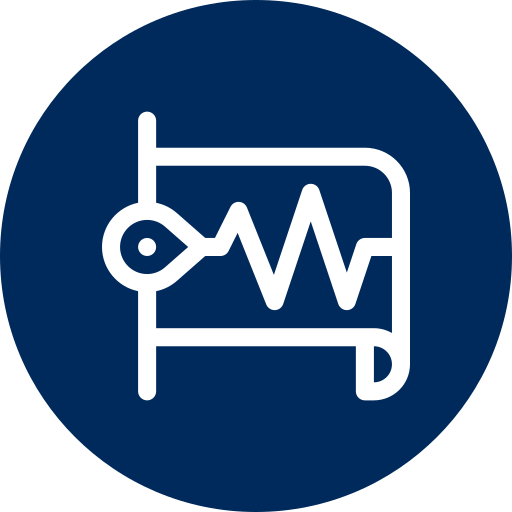Testing that Reaches the World
IEEE 693: Seismic Testing for Substation Equipment
It is estimated that the seismic events such as the 1989 Loma Prieta and 1994 Northridge California earthquakes inflicted roughly $283 million dollars of damages on Substation equipment. IEEE 693 is a document that primarily directs the design and qualification of equipment installed in substations and its ability to withstand a seismic event.
Substation equipment is qualified via static analysis, dynamic analysis, or shake table testing depending upon equipment type and voltage rating. Clark provides support for all methods of qualification, although physical shake table testing is generally preferred as it is the most accurate.
A standard IEEE 693 shake table qualification is conducted in accordance with one of three performance levels. The levels: High, Moderate, and Low are dependent on location and expected ground acceleration. Their respective acceleration levels: 1G, 0.5G, and 0.1G are measures of their shock response spectrums Zero Period Accelerations, or the acceleration measured at an infinite frequency. These ZPA values are applied to the standardized IEEE-693 Required Response Spectrum (RRS) which defines the input motion for testing.
Our facilities can perform High perform level shake tests on equipment up to 45’ tall and up to 25,000lbs. In addition to the large capacity shake table, Clark has in depth safety programs which facilitate the seismic testing of large lithium-ion battery racks and other components requiring volatile handling protocols.
IEEE 693-2018 Commonly Tested components include:
- Battery Back-Up Systems (All chemistries including Lithium-Ion Cells)
- Bushings
- Insulators
- Capacitive Voltage Transformers (CVTs)
- Air Disconnect Switches (knife switches)
- Vacuum Switches (Vacuum Breakers)
- Transformers
- Terminations
- Power Distribution and Supply Equipment
- Control Systems
In addition to the seismic shake test, Clark also provides static pull testing, snap back testing, EMC/EMI testing, and large drive-in environmental chambers for thermal cycling.
